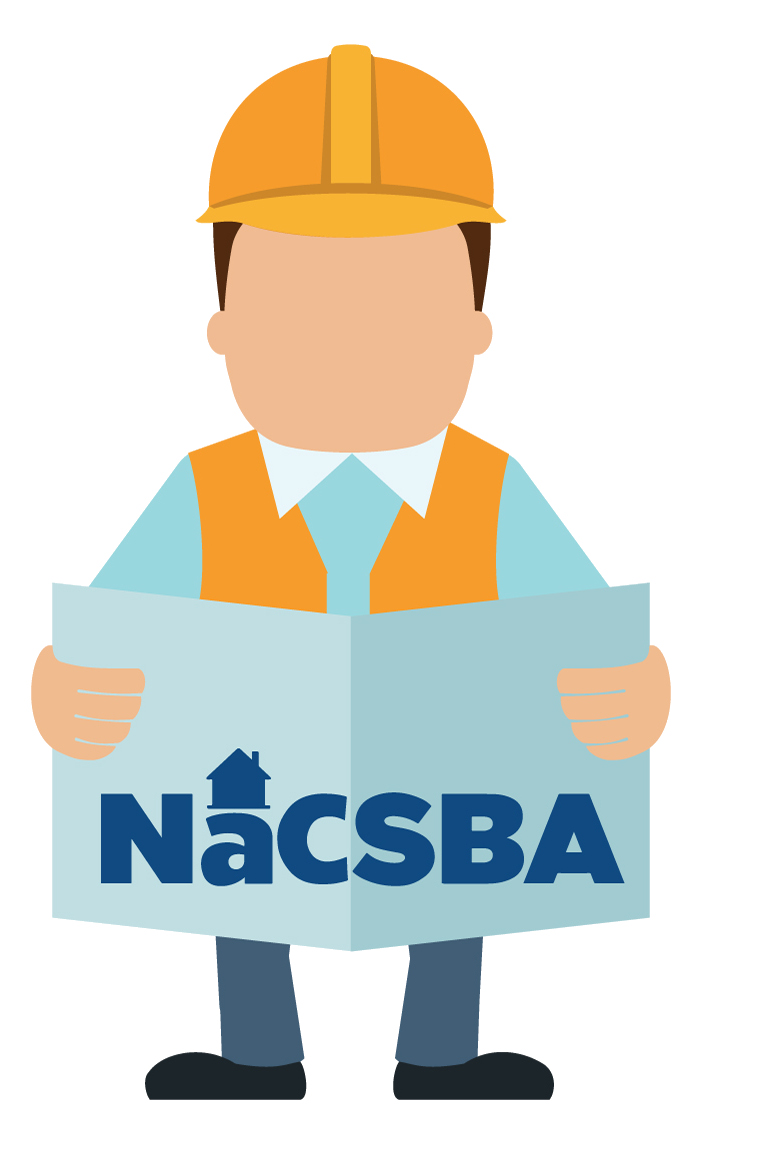
The Self Build Portal is a site set up by the National Custom and Self Build Association (NaCSBA) to help consumers interested in building their own home. We can answer your questions if you get in touch through the Contact Us section, but check out these Frequently Asked Questions first.
Find out all about the Right to Build, the Right to Build registers and what it means for you on our dedicated Right to Build Portal campaign page.
Self-build and Custom Build are both routes to creating an owner-commissioned home. But with Self-build you do all the work of finding the plot, working out if it can support building a house by applying for planning permission, and arranging for the services and infrastructure for the site. What this means is you need to work out if the water, gas, electricity and drains can be connected, and you have to liaise with all the relevant companies. This is some of the hardest work of Self-building.
With Custom Building, this headache is taken care of as every site comes with planning of some sort in place, services and infrastructure like roads and road access taken care of. However, with Custom Build you usually work with a specialist developer to deliver your own home, and on many sites this company, or companies, is already linked to the site.
So Custom Build is Self-build made simple. What it does mean though is that Custom Build usually has several homes on one sight, but this means you’ll be living with like minded people, and the community is ready made as you all go on the journey together.
Some large sites, like Graven Hill, are a hybrid. On one hand they could be considered to be Custom Build, as the roads, services and planning are mostly taken care of. However, you are free to Self-build on the plots, and different areas have different restrictions and rules.
Rarely is land not ‘owned’. The first point of action is to check with The Land Registry for ownership, a search should cost £3.
Your local council may also have some information about the land, especially if a planning application has been put forward on it. Very occasionally, land that is owned by a company that’s gone into liquidation or is truly ownerless may be discovered, but in this case it will often revert to Crown ownership under bona vacantia.
You may love your friend’s house and they may be willing to give the plans to you but this doesn’t mean you can build from them, even if it does seem like a simple way to save money.
There are two potential problems with this approach:
The exception to this rule is large developments which, to some extent, create their own context.
NaCSBA recommends that you design a house for a specific plot. The views, aspect, trees, neighbours, services, privacy, light, geology, topography, hydrology, etc. will all probably be different and will require a different design.
New build homes are zero rated for labour under VAT notice 431(NB), so you should not pay any VAT on labour regardless of whether your trades or builder are VAT registered or not. There is a slight difference when it comes to conversions where there will be a 5% VAT rate applied to labour when you use a VAT registered builder and reclaim under VAT notice 431(C).
You do not need to provide any evidence that you are a self builder to your contractor for them to zero rate the labour element, but you do need to keep an eye on any invoices to make sure you have not inadvertently been charged VAT on labour. If you have, then you will need to challenge the builder and reclaim it from them not the taxman because it will not have been due to HMRC in the first place.
Keep the originals of all of your VAT invoices and receipts as you will need these when you make your VAT reclaim; copies are not allowed. Any receipts for individual items over £100 need to include your address, or the site address so a till receipt will not suffice for these items.
Remember that you can only reclaim for materials used in the construction of the property, not for professional services like architectural fees, plant hire or surveys etc.
Landscaping costs can be reclaimed, but only if they have been specifically approved by your local planning authority as part of a formal landscaping plan. The HMRC website has more information on what can and can’t be reclaimed. You can check the rules here.